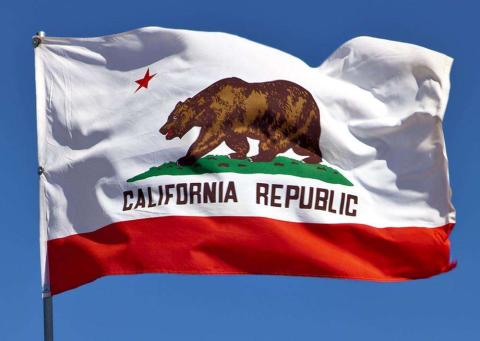For the first time in California's history, a No Party Preference candidate(s) has a real opportunity to reach the November General election.
The possibility of one or more independents getting to November could fundamentally change California politics and the way campaigns are run. That this is even possible is evidence of the profound impact California’s Nonpartisan Top Two reform has had.
What Does This Mean For A Representative Government?
Of the Parties, By the Parties and For the Parties.
The American political system is currently controlled by two private corporations. If an NPP breaks through, it will no doubt be a shock to the system and assuredly be viewed by reformers as a win for Democracy and Representative Government.
If an NPP candidate wins in California, it may signal that the voters are once again in control of elections, and send a powerful message to the rest of the nation, that the days of the two party system could be numbered.
What Exactly is a No Party Preference (NPP) candidate?
An NPP candidate is always an independent, but no two NPP candidates are alike and none are beholden to the establishment.
As we have seen from the newest registration numbers, NPP voters are about to become the second largest bloc in the Golden State as it is the fastest-growing political “party” in California, it’s becoming cool to be nonpartisan or NPP.
And while that may be true, running as an NPP candidate isn’t easy. Unlike Democrats and Republicans who start with a base of support, NPP candidates have to build their base, which takes time and can be very expensive.
But if a candidate is able to break through, it could carry a multiplier political effect, showing just how tired voters are of two party politics. How tired? In a recent USA Today national poll, “Nearly two-thirds of adult U.S. citizens will stay away from the polls during the coming midterm elections, and they say they have given up on the political parties and a system that they say is beyond reform and repair. A majority of those non-voters would like to see a third party or multiple parties.”
Could Two NPP Candidates Win in CA?
This June, California voters will get the opportunity to select NPP candidates in a number of races. If those NPP candidates finish in the Top Two, they will square off with a single opponent in the November General Election.
Statewide, there are two NPP candidates generating significant attention:
- Lt. Governor Candidate Gayle McLaughlin. McLaughlin, a former Democrat, was endorsed by Bernie Sanders.
- Insurance Commissioner Steve Poizner. Poizner, a former Republican, was just endorsed by the San Francisco Chronicle.
McLaughlin and Poizner are unbound from political parties which gives them freedom to choose the positions that make sense to them and NPP voters and that makes their candidacy inherently attractive to people, not parties. If they are elected, many observers believe it will create a healthier Democracy.
Just remember, all NPPs are not alike, but ALL are independent.
Explaining California's Top Two NonPartisan Primary
Did you know in 2010, California voters decided to get rid of party primaries altogether. The goal was to bring the power back to the voters, and for the most part, it has.
The Top Two Candidates Open Primary Act, requires all candidates for a voter-nominated office be listed on the same ballot. The two candidates receiving the most votes—regardless of party preference—move on to the general election regardless of vote totals.
Political experts have said, the NonPartisan Primary has removed the echo chamber where candidates are beholden to their party leadership and forced them to appeal beyond the echo chamber of their own parties and appeal to a larger voter base.
This change has brought significant opportunities:
Competitive elections. California elections are arguably the most competitive in the nation, as incumbents don't typically perform as well as other states.
District Uncertainty. The nonpartisan nature of Top Two has created competition in districts where one major party holds a significant advantage over the other.
Equal participation for all voters. Before Top Two, nearly 80% of California’s legislative and Congressional races were decided in the primary. This discouraged participation from voters not associated with the majority party of their district. Now, all voters have full access to both the first and final round of the election process.
Some believe that the transformative impact of Top Two in California can serve as a blueprint for others looking to reduce legislative dysfunction and voter disengagement.
